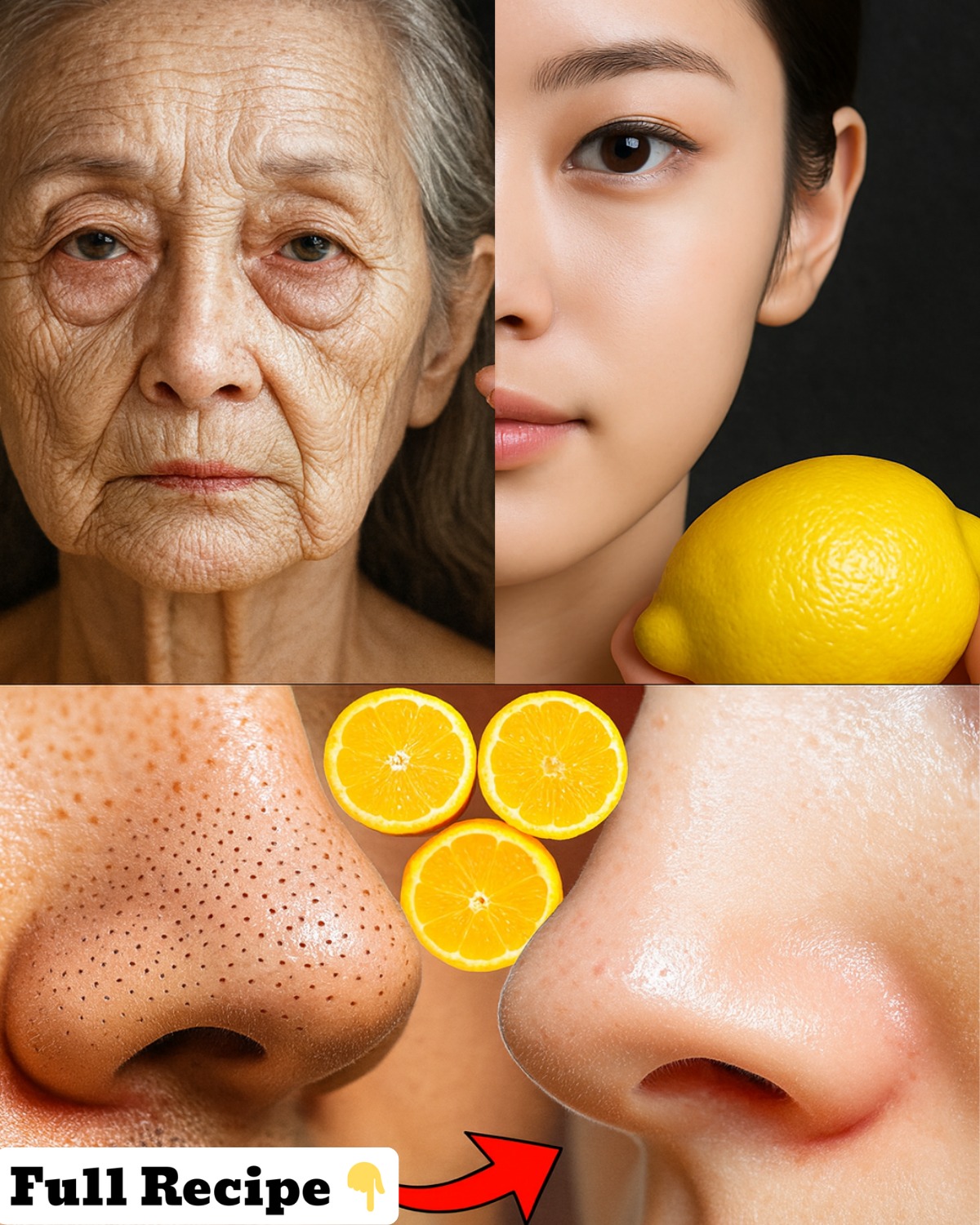If you’ve spent any time scrolling through social media, you’ve probably seen viral “miracle” hacks claiming toothpaste can remove skin tags overnight. These posts often show close-up images of skin tags, a dab of toothpaste, and a promise of quick results. But how much of this is fact, and how much is myth?
Skin tags, also known as acrochordons, are harmless skin growths that can appear on the neck, underarms, eyelids, groin, or under the breasts. While they don’t pose a health risk, many people want to remove them for cosmetic reasons or comfort. In this article, we’ll explore what skin tags are, why toothpaste is promoted as a remedy, what science says about it, and safe, dermatologist-approved ways to remove them at home or professionally.
What Are Skin Tags?
Skin tags are small, soft, benign growths of skin composed of collagen fibers and blood vessels. They often develop in areas where the skin rubs against itself or clothing.
Neck
Armpits
Groin
Eyelids
Under breasts
Risk factors:
Friction from skin folds or tight clothing
Hormonal changes (e.g., pregnancy)
Aging
Being overweight
Diabetes or insulin resistance
Why People Try Toothpaste for Skin Tags
Toothpaste contains ingredients like baking soda, hydrogen peroxide, and menthol, which have mild drying or antiseptic effects. The idea is that applying toothpaste to a skin tag will dry it out, causing it to fall off.
However, there is no scientific evidence to support toothpaste as an effective skin tag removal method. In fact, it can cause skin irritation, chemical burns, or inflammation, especially on sensitive areas.
Expert opinion: Dermatologists generally advise against using toothpaste for skin tags, as it’s not formulated for skin treatment and can harm healthy surrounding tissue.
